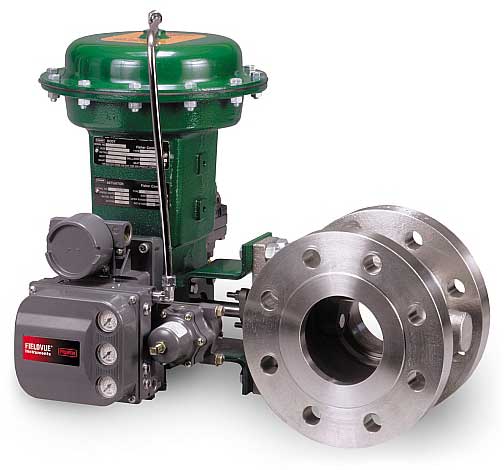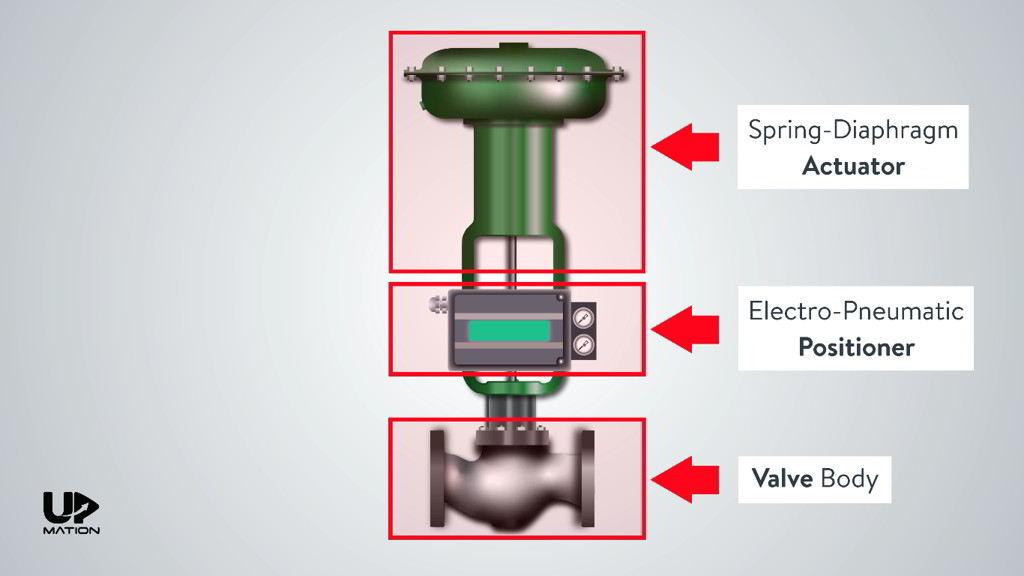Maximizing System Control with High-Performance Control Valves
Maximizing System Control with High-Performance Control Valves
Blog Article

Maximize Energy Savings and Convenience With Advanced Building Automation Controls
In the world of modern-day style and facility management, the combination of innovative building automation regulates stands as a crucial advancement. By utilizing the power of automation, buildings can adapt, respond, and advance in methods that were as soon as inconceivable.
Power Effectiveness Perks
Power performance benefits can considerably decrease energy consumption and operational costs in structures. By implementing energy-efficient practices and technologies, structure proprietors and drivers can accomplish substantial savings while likewise adding to ecological sustainability. One of the key benefits of enhancing power performance in buildings is the decrease of energy bills. Energy-efficient systems, such as advanced building automation controls, can optimize using sources like lighting, home heating, and cooling, leading to reduced energy expenses with time.
Additionally, enhanced energy effectiveness can extend the life expectancy of structure tools and systems. By running more effectively, cooling and heating systems, light, and various other building elements experience less wear and tear, resulting in decreased maintenance and replacement costs. Furthermore, energy-efficient structures usually regulate greater residential or commercial property values and rental prices, supplying long-term financial advantages to proprietors.
In addition, power performance can improve passenger comfort and productivity. Effectively controlled interior settings with optimum lighting and thermal conditions develop a more conducive and enjoyable workspace, bring about enhanced worker contentment and efficiency. On the whole, the energy performance advantages associated with sophisticated structure automation controls are multifaceted, incorporating cost financial savings, ecological stewardship, and owner wellness.
Enhanced Comfort Control
Enhancing comfort control in building environments needs an advanced combination of innovative automation systems for ideal passenger health. By making use of sophisticated structure automation controls, facilities can customize the indoor environment to satisfy the specific requirements and preferences of passengers. These systems allow accurate policy of temperature level, illumination, and air flow, producing a comfortable and effective environment. Resident fulfillment and efficiency are very closely connected to thermal convenience, making it vital to have systems in place that can adjust to transforming problems in real-time.
By including these innovative controls, structures can not just improve convenience however likewise enhance energy efficiency by optimizing system procedures based on real occupancy and use patterns. Eventually, focusing on resident convenience through sophisticated automation systems leads to a more enjoyable and healthier interior setting.
Operational Effectiveness Improvements

Furthermore, the execution of real-time tracking anonymous and analytics tools makes it possible for building drivers to recognize energy ineffectiveness and operational anomalies immediately. By continually keeping an eye on power usage patterns and system performance metrics, changes can be made in real-time to maximize energy usage and make certain peak functional performance. control valves. Additionally, incorporating demand response techniques right look at more info into building automation controls can further improve functional performance by dynamically changing power usage based on grid problems and pricing signals
Indoor Environment Optimization
Reliable interior climate optimization is a basic aspect of structure automation controls, making certain owners' comfort and health while taking full advantage of energy cost savings. By using innovative sensing units and controls, developing automation systems can constantly readjust and keep track of temperature, moisture degrees, air top quality, and air flow to produce an optimal interior atmosphere. Maintaining consistent and comfortable problems not just improves occupant contentment but also enhances performance and general well-being.
Indoor environment optimization additionally plays an essential function in power performance. By fine-tuning heating, air conditioning, and ventilation systems based upon real-time information and occupancy patterns, constructing automation controls can considerably reduce energy consumption - control valves. As an example, applying techniques such as demand-controlled air flow and thermal zoning can aid minimize power waste while guaranteeing that each area of the structure gets the required conditioning.

Lasting Environment Development
Structure automation manages not just optimize interior environment problems for energy performance and occupant comfort but also lay the foundation for developing a sustainable atmosphere with critical administration of systems and sources. By integrating innovative structure automation modern technologies, such as sensing units, actuators, and intelligent software application, centers can keep track of and readjust energy use in real-time to minimize waste and reduce their carbon impact. These systems allow predictive upkeep, determining potential problems prior to they rise and optimizing devices performance to boost longevity and performance.
In addition, sustainable atmosphere development expands beyond energy management to incorporate water conservation, waste decrease, and interior air quality improvement. Building automation controls can regulate water usage, discover leaks, and make certain appropriate waste disposal methods, adding to overall sustainability efforts. Additionally, by keeping an eye on and regulating air flow and filtering systems, these technologies boost occupant wellness and efficiency while reducing power consumption connected with HVAC operations.
Verdict
To conclude, advanced building automation regulates offer significant benefits in terms of energy savings, comfort control, operational effectiveness, interior climate optimization, and producing a sustainable atmosphere. By carrying out these controls, buildings can attain ideal performance while minimizing power consumption and enhancing passenger comfort. It is obvious that the use of innovative automation technology is important in boosting useful reference structure efficiency and developing a much more sustainable future.
Power efficiency benefits can significantly reduce power consumption and operational costs in buildings. Generally, the energy performance advantages linked with advanced building automation controls are complex, including cost savings, environmental stewardship, and owner health.
In addition, integrating need action approaches right into building automation controls can even more enhance operational efficiency by dynamically changing energy usage based on grid problems and rates signals.
Building automation controls not only maximize interior environment conditions for energy effectiveness and occupant comfort yet also lay the structure for producing a lasting environment via calculated monitoring of systems and resources.In conclusion, advanced structure automation regulates deal significant benefits in terms of energy financial savings, convenience control, operational performance, interior climate optimization, and producing a lasting environment.
Report this page